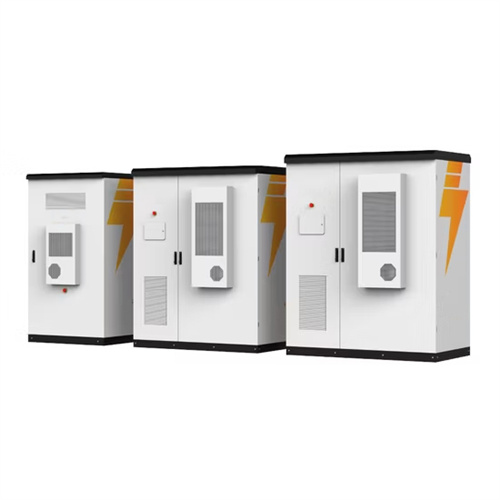Core technology of gravity energy storage
Gravity energy storage technology (GES) depends on the vertical movement of a heavy object in a gravitational field to store or release electricity. This technology accomplishes energy storage by converting the electrical energy in the power system to the gravitational potential energy of the weight through electromechanical equipment.
As the photovoltaic (PV) industry continues to evolve, advancements in Core technology of gravity energy storage have become critical to optimizing the utilization of renewable energy sources. From innovative battery technologies to intelligent energy management systems, these solutions are transforming the way we store and distribute solar-generated electricity.
6 FAQs about [Core technology of gravity energy storage]
What is solid gravity energy storage technology?
This paper briefly introduces the solid gravity energy storage technology and its different technical routes. At advantage in the environment where the cost of energy storage technology is generally high. Solid gravity energy storage technology has great potential for de velopment. Its large e nergy storage capacity, unrestricted by geographical
Is gravity energy storage a new energy storage technology?
Abstract: With the grid-connected ratio of renewable energy growing up, the development of energy storage technology has received widespread attention. Gravity energy storage, as one of the new physical energy storage technologies, has outstanding strengths in environmental protection and economy.
What is gravity storage capacity?
Gravity storage capacity . storage technology, SGES) has gained great attention in recent years. This technology adopts high-density solid as heavy material, which is geographically adaptable and has higher energy density, efficiency, and better economy. to supporting the stable opera tion of power systems with a high percentage of new energy.
What are the four primary gravity energy storage forms?
This paper conducts a comparative analysis of four primary gravity energy storage forms in terms of technical principles, application practices, and potentials. These forms include Tower Gravity Energy Storage (TGES), Mountain Gravity Energy Storage (MGES), Advanced Rail Energy Storage (ARES), and Shaft Gravity Energy Storage (SGES).
What are the different types of gravity energy storage?
These forms include Tower Gravity Energy Storage (TGES), Mountain Gravity Energy Storage (MGES), Advanced Rail Energy Storage (ARES), and Shaft Gravity Energy Storage (SGES). The advantages and disadvantages of each technology are analyzed to provide insights for the development of gravity energy storage.
Is tower solid gravity energy storage a good technology route?
Finally, a comparison of various types of solid gravity energy storage technology technical routes is done. The results show that the tower solid gravity energy storage has a better overall quality and better development prospect compared with other technology routes. Considering
Related Contents
- The core technology of energy storage technology
- Core energy technology energy storage business
- Core technology of energy storage products
- Pulley gravity energy storage technology
- Domestic gravity energy storage technology
- The core track of energy storage
- Energy storage core devices
- Energy storage ac core equipment
- Core raw materials for energy storage
- Inverter is the core of energy storage
- Iron powder core energy storage inductor
